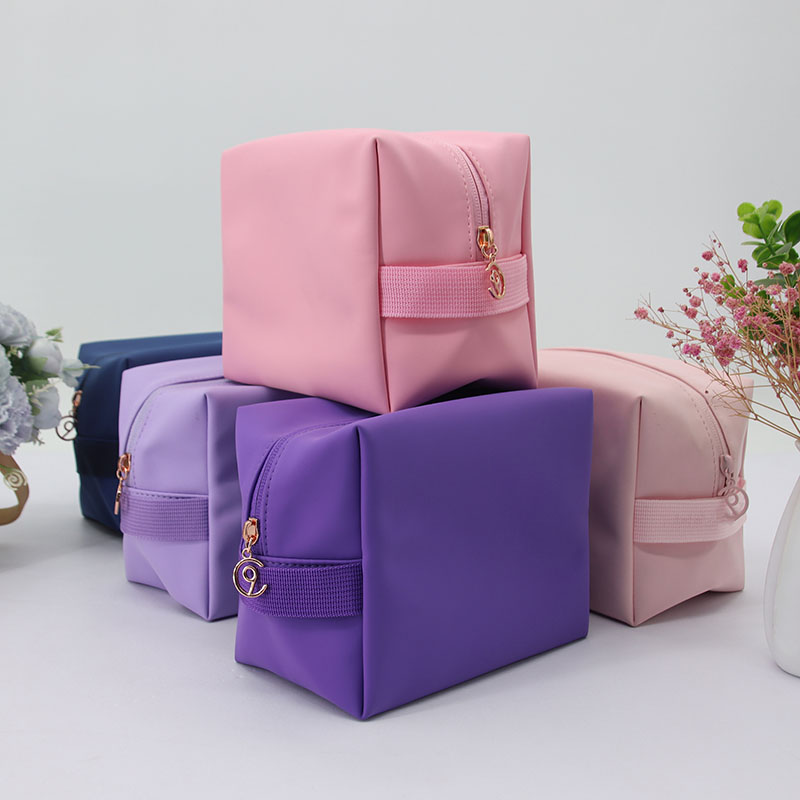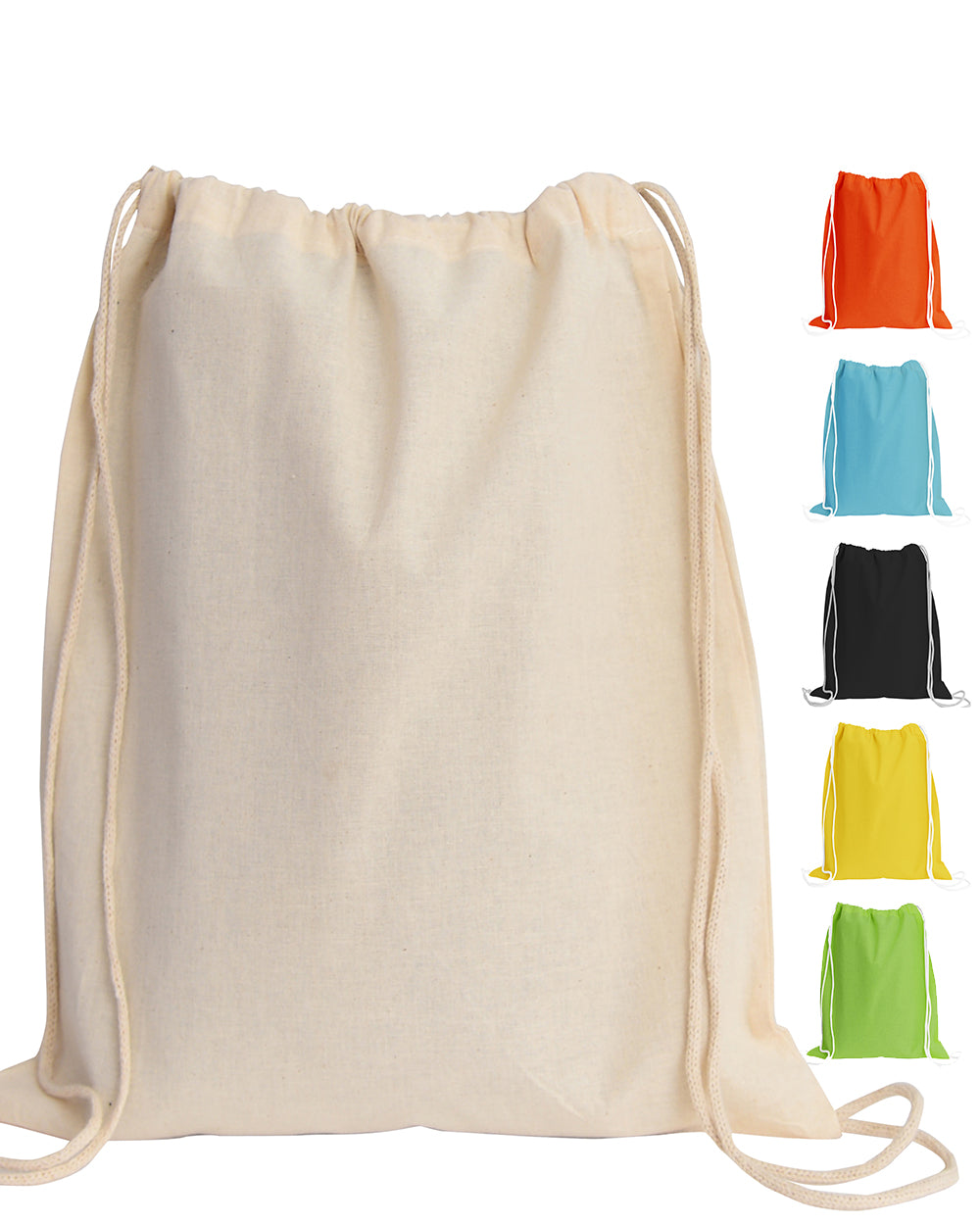Louis Vuitton items are crafted in France, Spain, Italy, and the United States. The brand maintains dedicated workshops to ensure consistent quality.
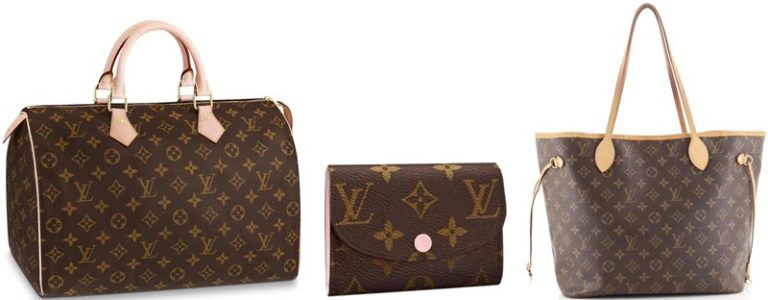
The heritage of a luxury brand is often tied to its origin story, and for many enthusiasts, the “Made in” label is more than just a tag—it’s a mark of authenticity and craftsmanship. When it comes to Louis Vuitton, a name synonymous with Parisian elegance, questions about its manufacturing locations are common. Understanding where these coveted items are made reveals a story of heritage, expansion, and unwavering commitment to quality.
Table of Contents
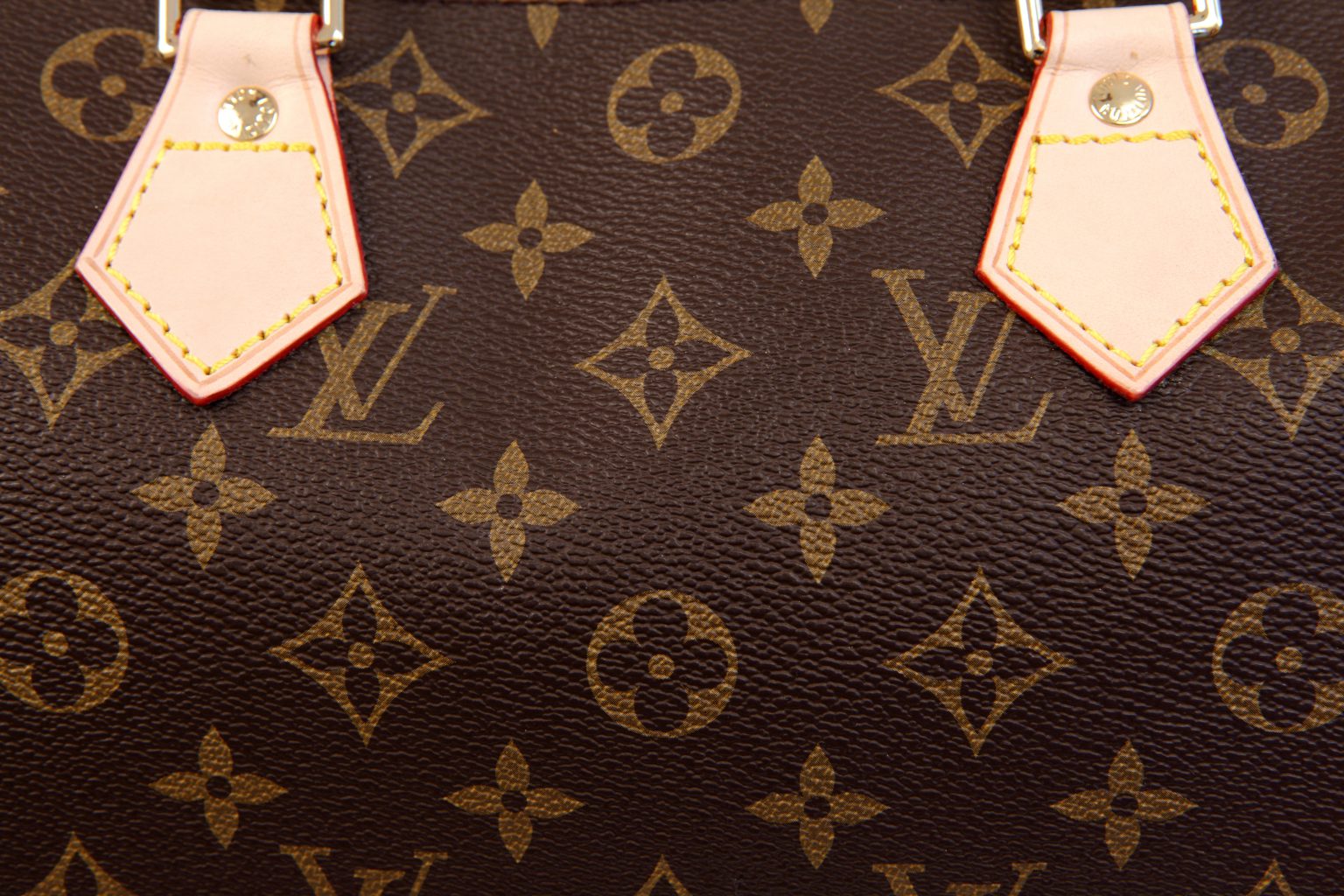
The Core of Louis Vuitton: French Ateliers
The heart of Louis Vuitton’s production has always been, and remains, in France. The brand’s legacy is deeply rooted in its Parisian origins, beginning with its first workshop, or *atelier*, in Asnières-sur-Seine in 1859. This historic location, just outside of Paris, is still operational today. It is a symbol of the brand’s dedication to *savoir-faire*, the French term for expert knowledge and skill. The Asnières workshop is responsible for crafting the most exclusive pieces, including hard-sided trunks, special orders, and exotic leather goods.
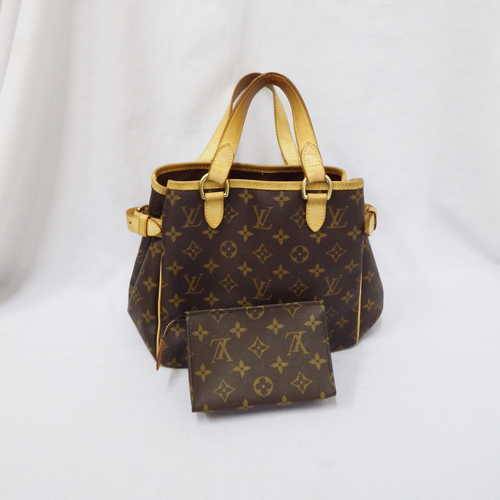
Over the decades, as demand surged, Louis Vuitton expanded its French manufacturing footprint. Today, there are numerous workshops scattered throughout France, each specializing in different aspects of production. These facilities uphold the same meticulous standards established over 160 years ago. Every artisan undergoes extensive training to master the specific techniques required for crafting LV products, ensuring that a bag made in a newer French workshop is indistinguishable in quality from one made in historic Asnières.
Beyond France: European Craftsmanship
To meet global demand while maintaining its high standards, Louis Vuitton strategically expanded its manufacturing into other European countries known for their exceptional leatherwork. This expansion was not about cutting costs but about accessing regional expertise and skilled labor pools. The two primary European locations outside of France are Spain and Italy.
Why Does Louis Vuitton Make Bags in Spain?
Spain, particularly the region of Catalonia, has a long and celebrated history of producing high-quality leather goods. Louis Vuitton recognized this expertise and opened workshops there to supplement its French production. Many of the brand’s canvas goods, such as items from the Monogram and Damier Ebene lines, are crafted in Spain. The Spanish workshops are staffed by artisans trained to the same exacting LV standards, working with the same materials sourced by the parent company. A “Made in Spain” tag on a Louis Vuitton product signifies that it was produced in a facility with a rich heritage of leather craftsmanship, fully supervised by the brand.
What About Louis Vuitton’s Italian Workshops?
Italy is globally renowned for its unparalleled shoemaking and fine leather artistry. It was a natural choice for Louis Vuitton to establish workshops there for specific product categories. Most Louis Vuitton footwear, from elegant loafers to statement sneakers, is crafted in Fiesso d’Artico, Italy. This region is a hub for luxury shoe manufacturing, providing access to generations of specialized skill. Additionally, certain fine jewelry collections and ready-to-wear pieces are also produced in Italy, leveraging the country’s specific artisanal strengths.
Louis Vuitton in America: The US Workshops
Many are surprised to learn that Louis Vuitton also operates workshops in the United States. This move was a strategic decision to better serve the significant North American market, reduce logistical complexities, and bring production closer to a large customer base. Items produced in the U.S. are primarily for sale within the Americas. This ensures that customers in the region receive the same quality product without the extended supply chain from Europe.
The Texas Ranch and California Ateliers
Louis Vuitton has workshops in San Dimas, California, and Keene, Texas. A third workshop, located in Johnson County, Texas, further expanded its U.S. presence. These American *ateliers* are held to the identical quality control standards as their European counterparts. Artisans in the U.S. undergo the same rigorous training, and all materials are sourced and approved by the central LVMH group. Therefore, a Louis Vuitton bag with a “Made in U.S.A.” tag is just as authentic and well-made as one from France or Spain.
Debunking a Common Myth: Is Louis Vuitton Made in China?
A persistent rumor suggests that Louis Vuitton products, or at least their parts, are manufactured in China. This is unequivocally false. Louis Vuitton does not manufacture its finished goods—bags, wallets, shoes, or accessories—in China. The brand’s identity is intrinsically linked to its European and American craftsmanship. While LVMH, like nearly all global companies, may source certain raw materials or basic components from various parts of the world, the actual crafting, assembly, and finishing of every product happens exclusively in its workshops in France, Spain, Italy, and the United States. Any item sold as a new Louis Vuitton product that is labeled “Made in China” is a counterfeit.
How Can You Tell Where Your Louis Vuitton Item Was Made?
Identifying the origin of a Louis Vuitton piece is straightforward. The brand provides clear indicators of the country where the item was assembled. The two primary methods are the “Made in” stamp and the date code or microchip.
Reading the “Made In” Tag
Every authentic Louis Vuitton item features a heat-stamped label that clearly states the country of manufacture. This stamp will read “Made in France,” “Made in Spain,” “Made in Italy,” or “Made in U.S.A.” The font, spacing, and quality of this stamp are important markers of authenticity. On a genuine bag, the stamp is crisp, clear, and evenly pressed into the leather or canvas.
Understanding Date Codes and Microchips
For decades, most LV items included a date code—a small, stamped sequence of letters and numbers indicating the factory and production date. While these codes are not serial numbers, they help identify an item’s origin. For example, codes like “CA” might indicate Spain, while “SD” could mean France or the U.S.A. (San Dimas).
It is important to note that since March 2021, Louis Vuitton has been phasing out date codes in favor of embedded microchips. These RFID chips are scanned by employees to pull up information about the item, including its manufacturing location, date, and materials. This new technology makes it even harder for counterfeiters to replicate and provides a more secure way to track a product’s provenance.
| Country | Common Factory Codes (Pre-2021) |
|---|---|
| France | A0, A1, A2, AA, AAS, AH, AN, AR, AS, BA, BJ, BU, DR, DU, CO, CT, ET, FL, LW, MB, MI, NO, RA, RI, SD, SF, SL, SN, SP, SR, TJ, TH, TR, TS, VI, VX |
| Spain | BC, CA, LO, LB, LM, LW, GI, UB |
| Italy | BO, CE, FA, FO, MA, NQ, PL, RC, RE, SA, TD, TB |
| U.S.A. | FC, FH, FL, LA, OS, SD, TX |
Does the Country of Origin Affect Quality or Value?
This is a critical question for many collectors and buyers. Officially, Louis Vuitton maintains that the quality of its products is uniform across all its workshops, regardless of location. The brand’s reputation depends on this consistency. The same high-grade materials, meticulous construction techniques, and rigorous quality control processes are applied everywhere. An artisan in Texas is trained to the same standard as an artisan in Paris.
However, among some brand purists, a “Made in France” label may hold a slight sentimental or perceived value due to its connection to the brand’s heritage. In the resale market, this can occasionally translate to a minor price difference, but for the most part, the condition and model of the item are far more important factors in determining its value. A bag made in the U.S.A. or Spain is not of inferior quality and is every bit as authentic and durable.
The Artisanal Alternative: Embracing Transparent Craftsmanship
Understanding the global manufacturing of a luxury powerhouse like Louis Vuitton highlights a commitment to scaled-up quality. At the same time, it opens a conversation about a different approach to luxury: one rooted in direct, transparent, and specialized craftsmanship. For those who value the story behind the materials and the hands that shape them, brands that focus on a singular, artisanal philosophy offer a compelling alternative.
At Beldturaleather.com, the focus is on exactly that. Instead of a global network, we champion the inherent beauty and strength of full-grain leather, crafted with an unwavering dedication to durability. Our approach ensures that every wallet, belt, or bag is not just an accessory but a heritage piece designed to last a lifetime. By managing our own process and connecting directly with you, we offer exceptional quality and transparency without the traditional luxury markup. It’s an investment in a product where the value lies purely in the superior material and meticulous craft.
Frequently Asked Questions About Louis Vuitton Manufacturing
Are all Louis Vuitton bags made in France?
No, not all Louis Vuitton bags are made in France. While France is the brand’s historic home and a primary manufacturing hub, bags and other goods are also authentically crafted in Spain, Italy, and the United States to meet global demand.
Where are Louis Vuitton shoes made?
The vast majority of Louis Vuitton shoes are made in Italy. The brand leverages Italy’s world-renowned expertise in luxury footwear, with its main shoe workshop located in Fiesso d’Artico.
Is a Louis Vuitton bag made in the USA authentic?
Yes, absolutely. A Louis Vuitton bag bearing a “Made in U.S.A.” stamp is authentic, provided it was purchased from an official LV boutique or a reputable reseller. The brand operates workshops in California and Texas that adhere to the same strict quality standards as their European counterparts.
Why did Louis Vuitton start making products outside of France?
The expansion was driven by immense global demand for its products. Opening workshops in Spain, Italy, and the U.S. allowed Louis Vuitton to access pools of skilled artisans, leverage regional specializations (like Italian shoemaking), and serve its largest markets more efficiently without compromising on the quality or materials used.

